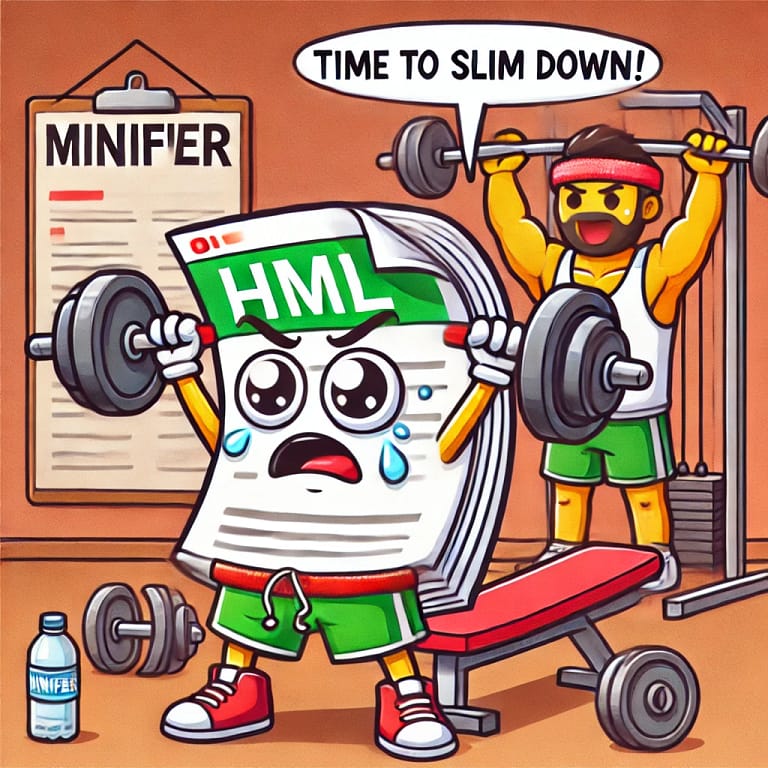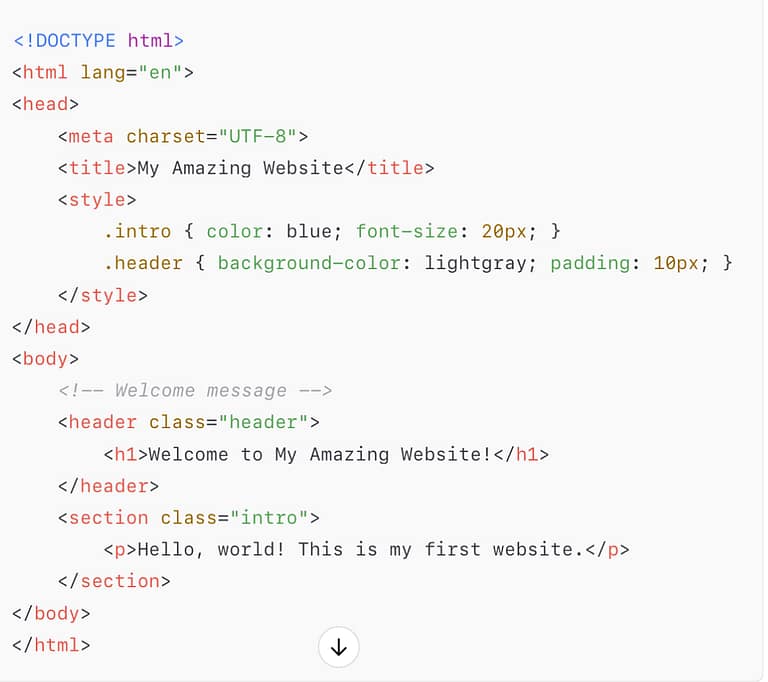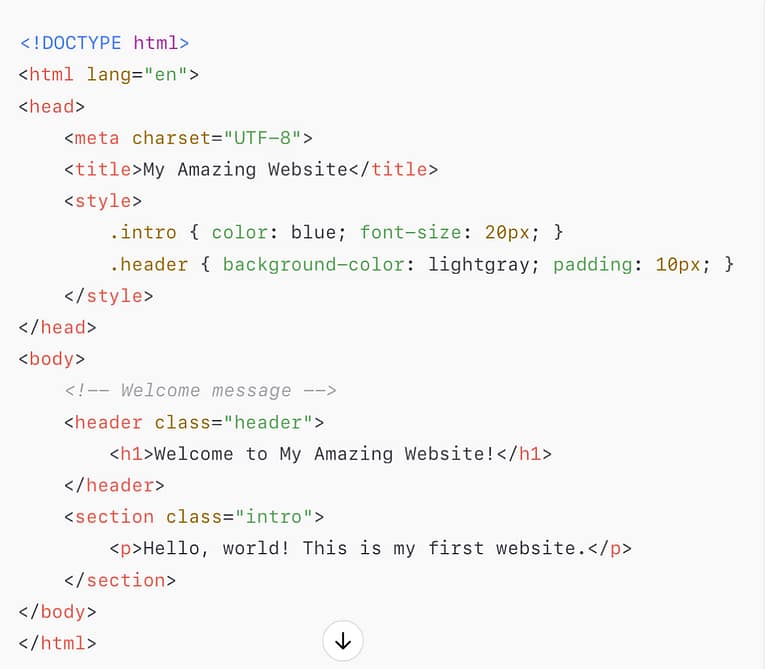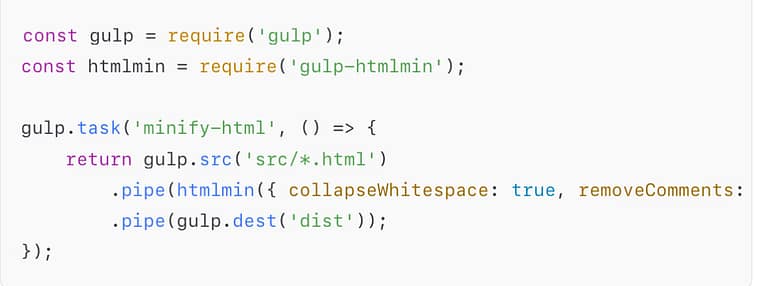
Guide to HTML Minification
The Quest for Lean, Mean HTML Machines. A Guide to HTML Minification 🎢
Here’s a fun guide to shrinking down those hefty HTML files. Buckle up, we’re diving into the wonderful world of HTML minification, where every byte counts!
You know that feeling when you put on your favorite jeans, only to realize they’re a little… snug? That’s how your website feels when it’s carrying around extra HTML bloat. But don’t worry; there’s a solution! We’re going to explore ways to slim down your HTML without making it lose its charm or functionality.
Why Should You Care About HTML Size?
In the digital race, every millisecond matters. A lightweight HTML file means faster load times, better user experience, and improved SEO. Plus, in the world of the web, size does matter. The ideal HTML document size should be around 33-50 KB. If yours is double that, it’s like trying to squeeze a piano into a backpack—it’s not ideal.
So what can you do? Minify, streamline, and trim your HTML! Here are some tricks of the trade, with easy examples and plugins to help.
The Heavyweight HTML File
Imagine you have an HTML file like this:

This looks innocent enough, but if you keep adding inline styles, comments, and extra spaces, it adds up quickly. Here’s where plugins come to the rescue!
Step 1: Let’s Call in the HTML Minifiers 🔧
Think of minifiers as your HTML’s personal trainer. They get rid of unnecessary fluff, comments, and whitespace, leaving you with a lean, efficient codebase. Here are a few tools you can use:
1. Autoptimize (for WordPress)
- This plugin doesn’t just minify HTML but also optimizes CSS and JavaScript.
- How to use it: Simply install it on your WordPress site, activate it, and select the HTML, CSS, and JavaScript options.
2. gulp-htmlmin (for the task runners among us)
- Perfect if you’re using Gulp to automate your tasks. Just add gulp-htmlmin to your setup, and it’ll remove comments, whitespace, and redundant attributes.
3. html-minifier-terser (for Webpack)
- If you’re a Webpack user, this is a fantastic addition. It integrates well into your build process, helping you achieve automatic minification every time you build.
Step 2: HTML Before & After Minification
Let’s see what happens when we run our code through a minifier. Here’s our original HTML again:

And here’s what it looks like after minification:

Step 3: Additional Tricks to Lighten HTML 🍃
Beyond minification, here are more tips to keep your HTML slim and fast.
- Use External CSS and JavaScript: Instead of stuffing CSS and JavaScript directly into your HTML, link to external files.
For example:

This reduces HTML size and helps with caching, so users don’t have to download the same CSS and JavaScript every time.
2. Limit Inline Styles and Scripts: Inline CSS and JavaScript make HTML bigger and harder to maintain. Try to move as much as possible to external files.
3. Optimize Images: If you have images directly embedded in HTML (e.g., as <img> tags with large src attributes), consider using compressed formats like WebP or lazy-loading techniques to improve performance.
A Case of “HTML Gone Wild” 🔥
Say you have a website with tons of inline styles, comments, and poorly formatted code. If your HTML file balloons to 200 KB, you’re likely losing visitors before they even see your content.
Solution: Autoptimize + Gulp Combo!
Let’s say you have a WordPress site. Install Autoptimize to handle HTML, CSS, and JavaScript minification, and then use Gulp for additional automation (like image compression and lazy loading).
Example Gulp Task for HTML Minification:

This code tells Gulp to grab HTML files from your src folder, remove whitespace and comments, then save the optimized version to the dist folder. Voilà! Lean, mean HTML machine.
Wrapping Up – Lean HTML, Fast Site 🚀
Reducing HTML size is like shedding unnecessary baggage. You get a faster, more responsive site that users (and Google) will appreciate. So go ahead, give your HTML the minification treatment, and watch your load times shrink.
Code Companion GPT
Engaging code guide with humor and unique explanations.
Happy coding, and may your HTML be ever slim and swift!
Thanks for reading, feel free to share your insights!

Invest in your future & learn
Learn affiliate marketing & build your own website.
Heads up! Make sure you sign up using my referral link to get access to my personal coaching and all features.
👉 Sign Up




